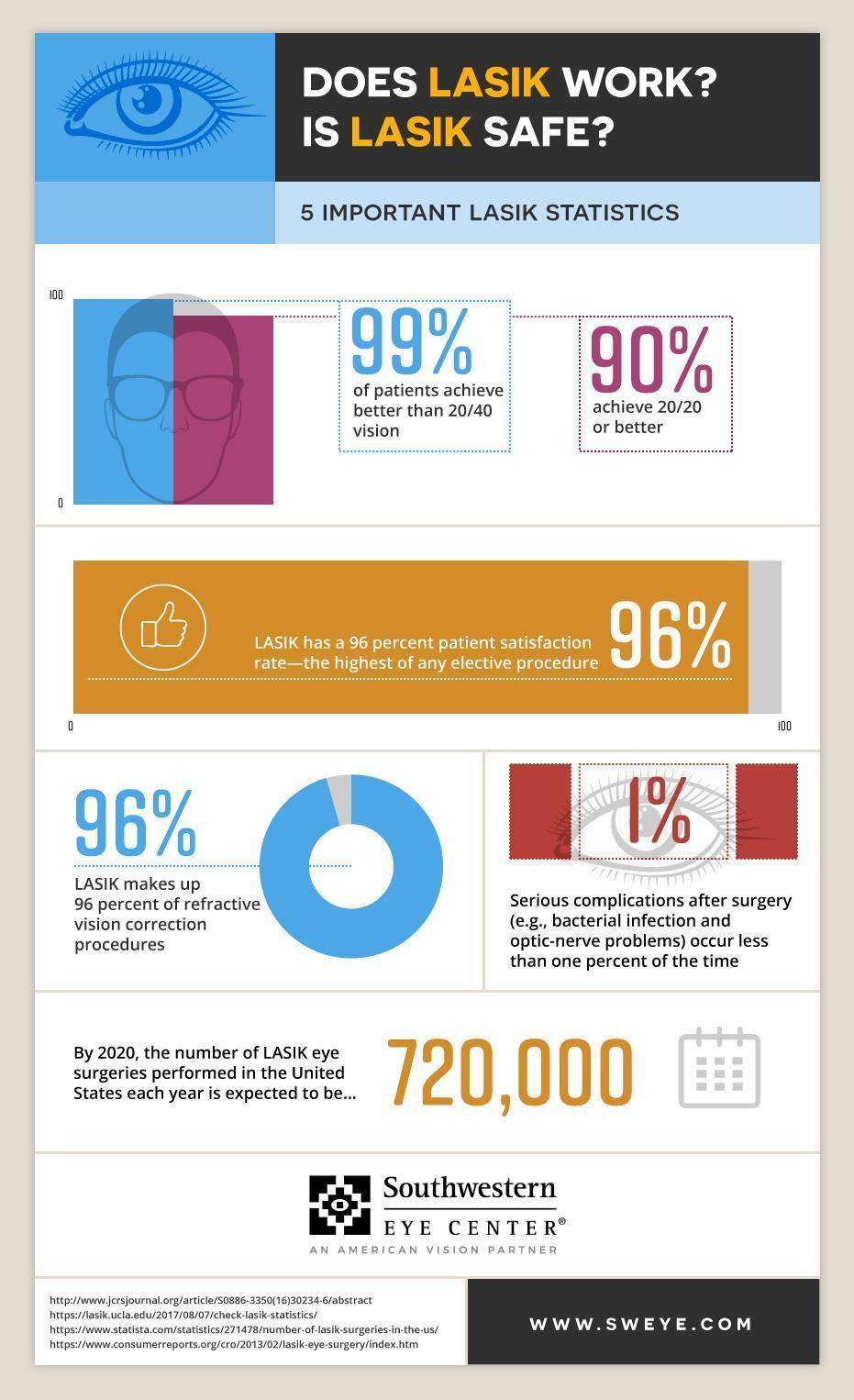Delve Into The Possibility Of Refractive Lens Exchange And The Unanticipated Information Your Eye Care Service Provider May Not Disclose-- Could This Be The Vision Solution You've Been Looking For?

Authored By-Hopkins Schofield
Have you ever before thought about Refractive Lens Exchange (RLE) as an option for vision improvement? While it isn't as commonly discussed as LASIK, RLE could be a game-changer for your eyesight. Many individuals neglect its benefits, thinking conventional approaches are their only option. However what are the actual benefits, and what might your ophthalmologist not be informing you about this treatment? Let's check out the ins and outs of RLE together.
Comprehending Refractive Lens Exchange: The Fundamentals
Refractive lens exchange (RLE) is a surgical procedure that can considerably improve your vision, specifically if you're taking care of presbyopia or serious refractive mistakes.
During RLE, your eye doctor eliminates your eye's natural lens and replaces it with a synthetic one customized to your vision needs. This treatment can deal with nearsightedness, farsightedness, and astigmatism, giving you clearer vision without counting on glasses or contact lenses.
The surgical treatment is generally fast, taking less than an hour, and most patients experience minimal discomfort. Recuperation is reasonably quickly, enabling you to return to your daily activities quickly after.
If you're thinking about RLE, seeking advice from your eye doctor can assist you determine if it's the ideal option for you.
Key Differences In Between RLE and Typical Cataract Surgical Procedure
While both refractive lens exchange (RLE) and standard cataract surgery involve replacing the eye's all-natural lens, their primary objectives and person profiles vary considerably.
RLE is targeted at individuals seeking to decrease their reliance on glasses or get in touch with lenses because of refractive errors, usually prior to cataracts establish. In contrast, conventional cataract surgical treatment usually targets clients who have actually created cataracts, which cloud the lens and harm vision.
The lenses made use of in RLE can give a more comprehensive range of vision modification, while typical cataract surgical treatment typically includes standard monofocal lenses.
Furthermore, RLE prospects are commonly more youthful and in good overall wellness, whereas cataract individuals may be older and have various other health and wellness issues.
Choosing Farsightedness depends on your particular vision demands and conditions.
Possible Benefits and Factors To Consider of RLE
If you're thinking about refractive lens exchange (RLE), you'll locate several prospective benefits that might enhance your lifestyle.
RLE can give you with more clear vision, decreasing or getting rid of the demand for glasses or get in touch with lenses. It supplies a possibility to deal with presbyopia and various other refractive errors all at once, typically enhancing your general visual acuity.
In addition, RLE can be a wonderful option if you're not an ideal prospect for LASIK. However, it's important to consider the factors to consider, like the expense, possible dangers, and the recovery duration.
Discussing your specific needs with your optometrist can assist you make an informed choice, ensuring you choose the most effective path for your vision adjustment.
Conclusion
Finally, refractive lens exchange supplies a distinct option for vision improvement that exceeds what LASIK can give. It's necessary to evaluate the benefits versus prospective threats and costs prior to choosing. Don't hesitate to ask your optometrist the difficult questions to ensure you fully comprehend the procedure and its ramifications for your vision. With the right details, you can confidently pick the very best choice for your eyes and lifestyle.

